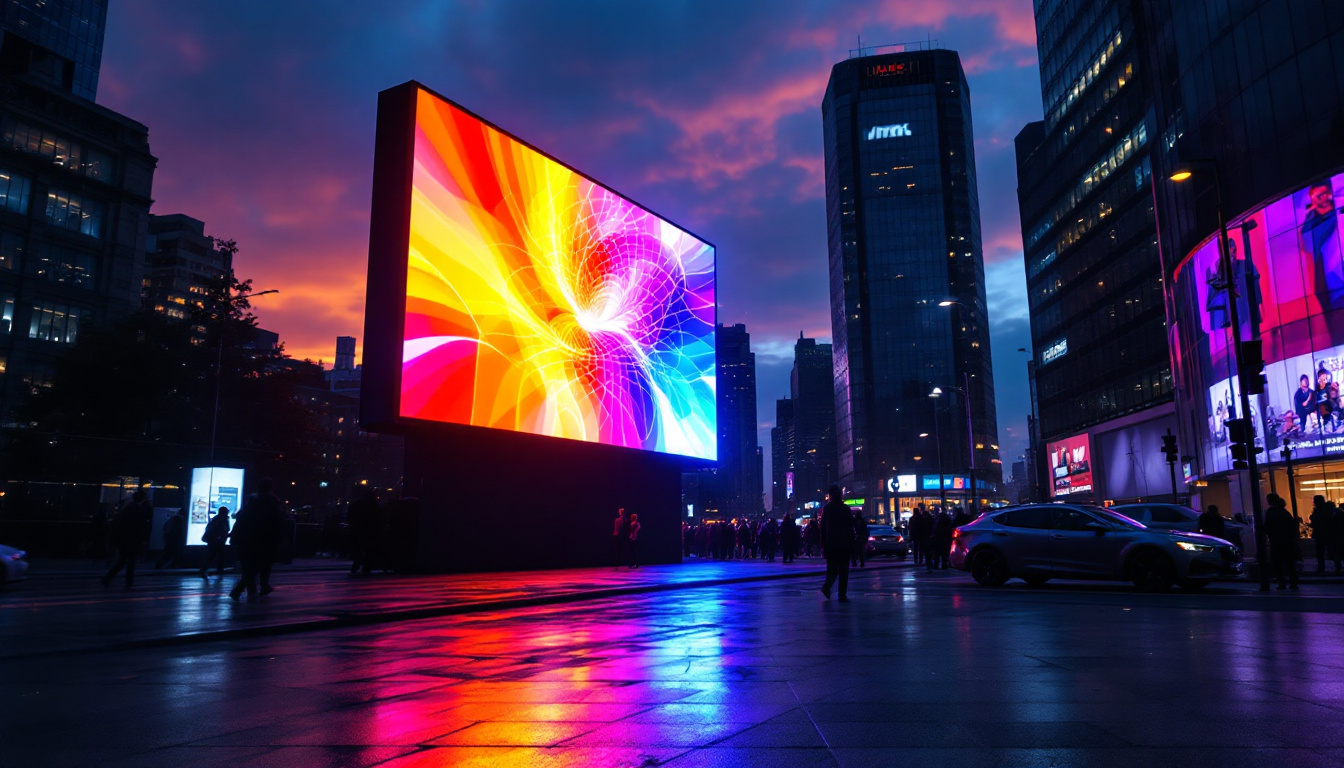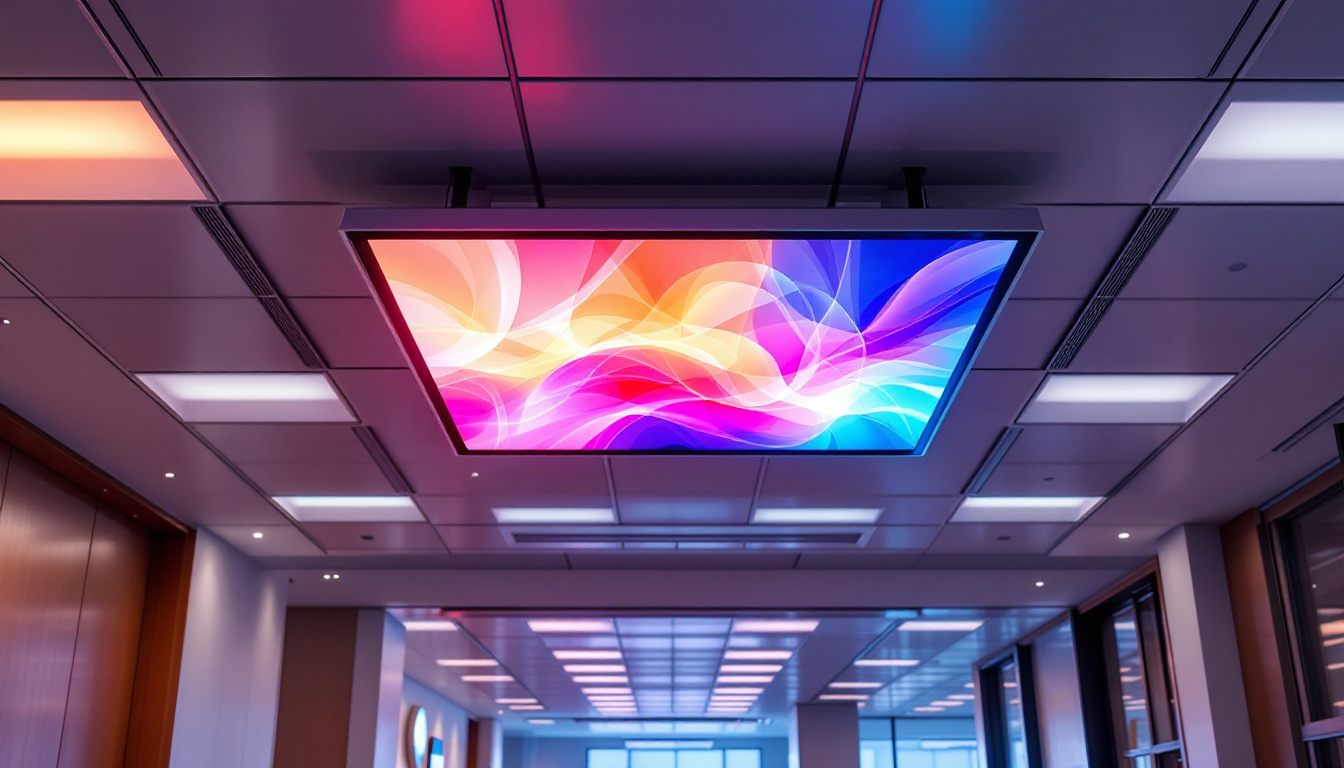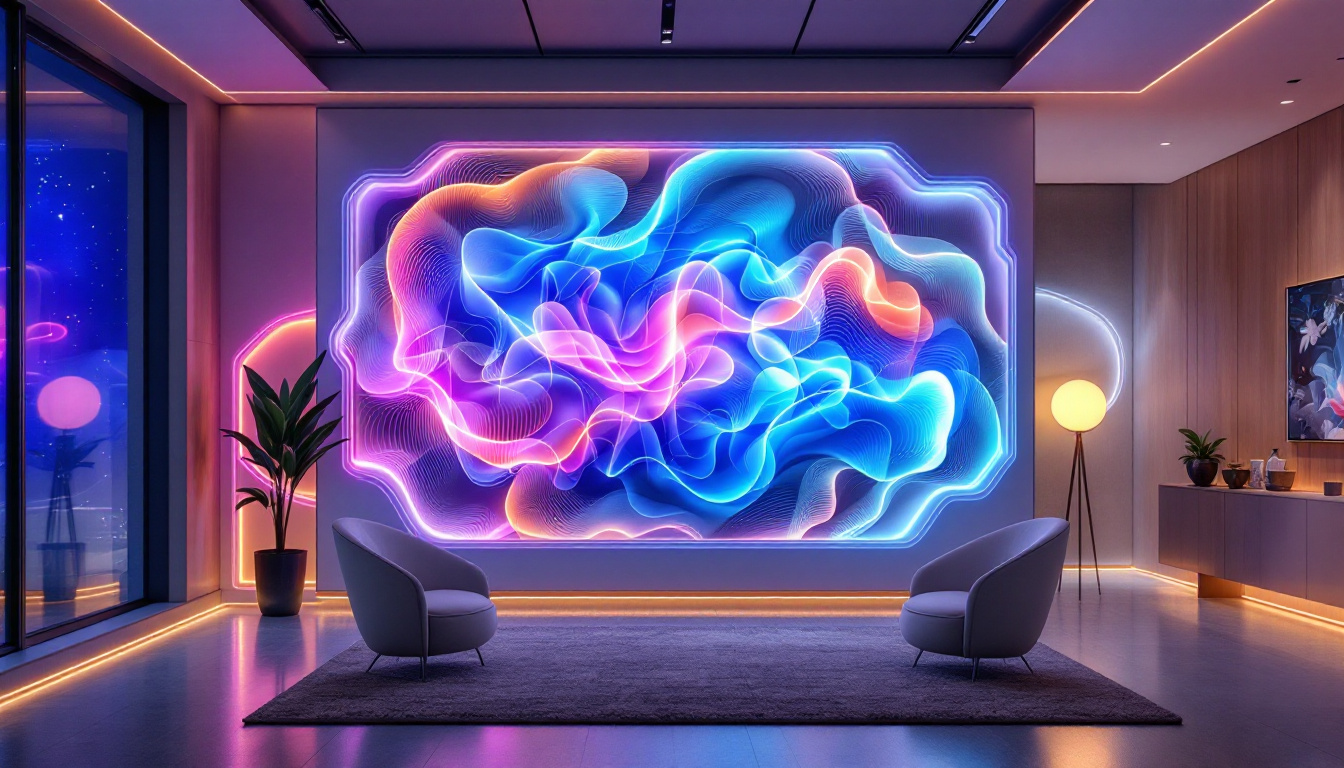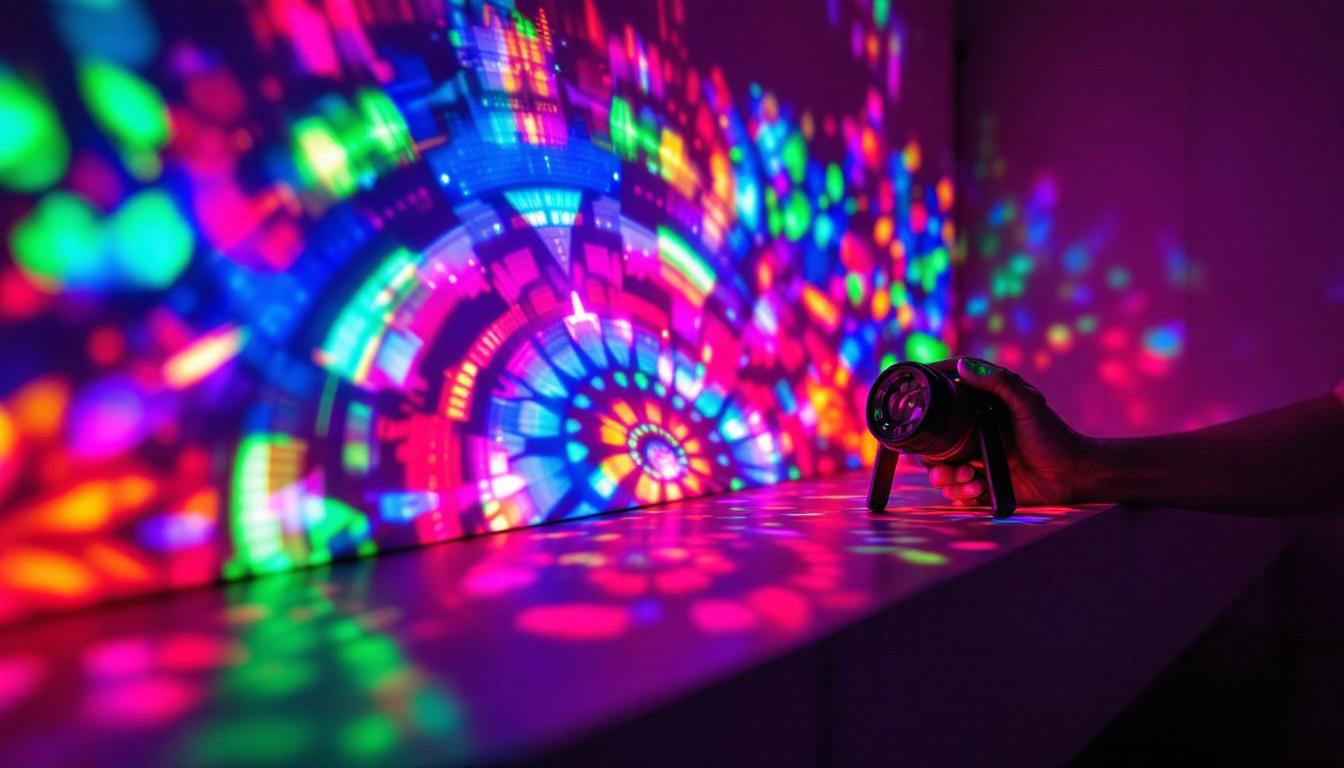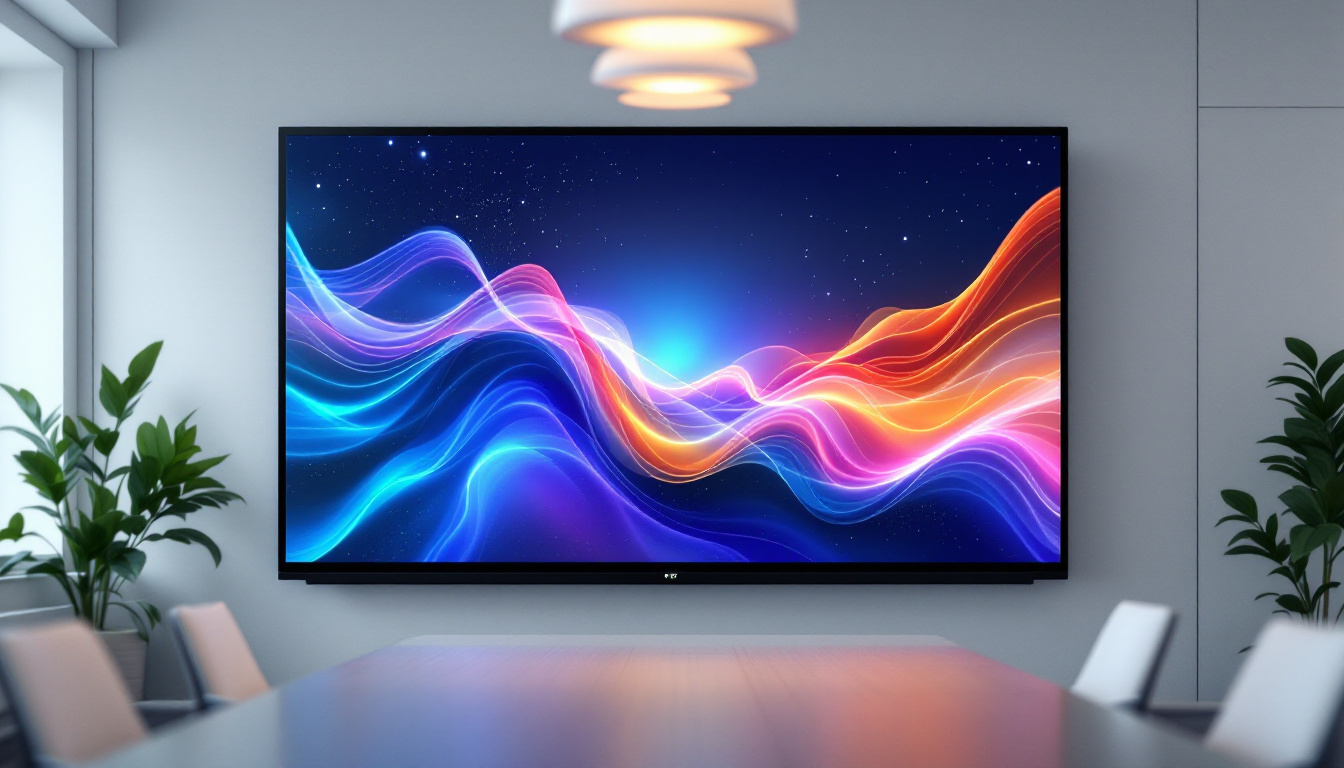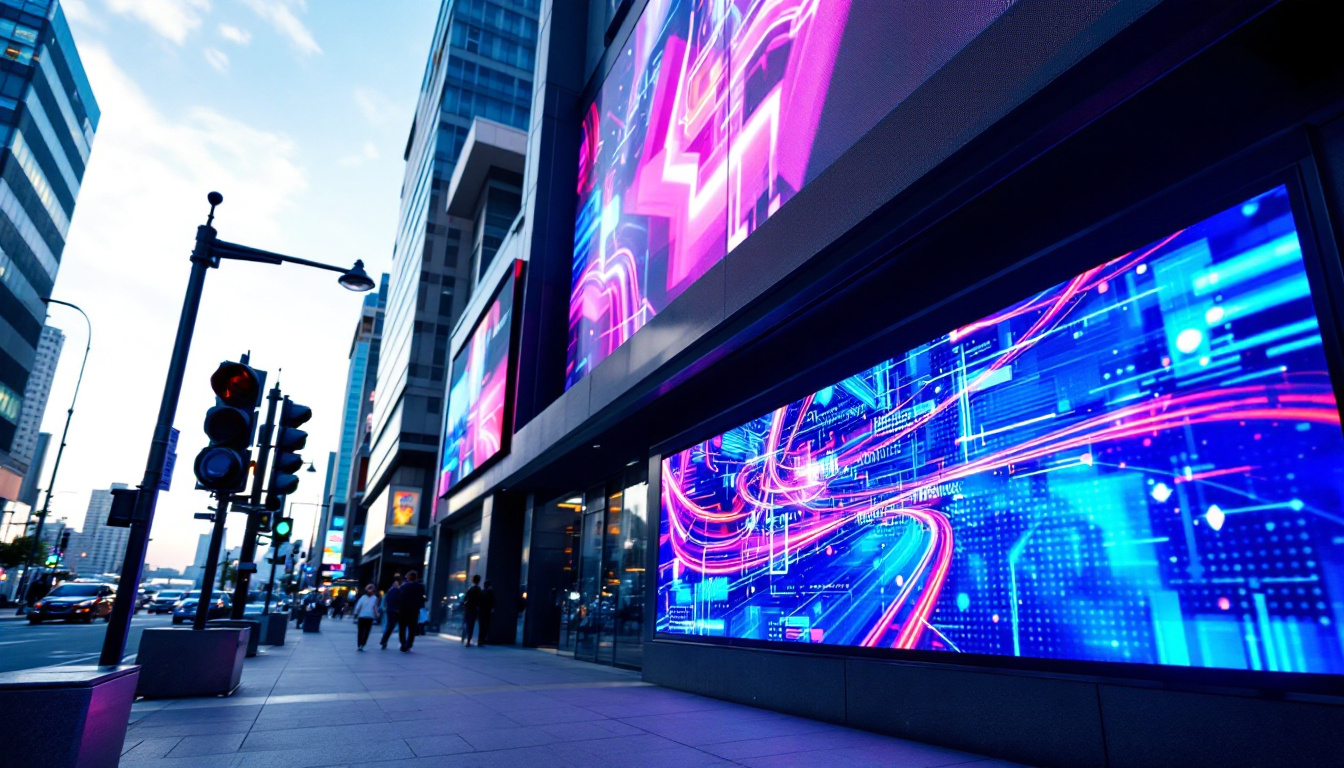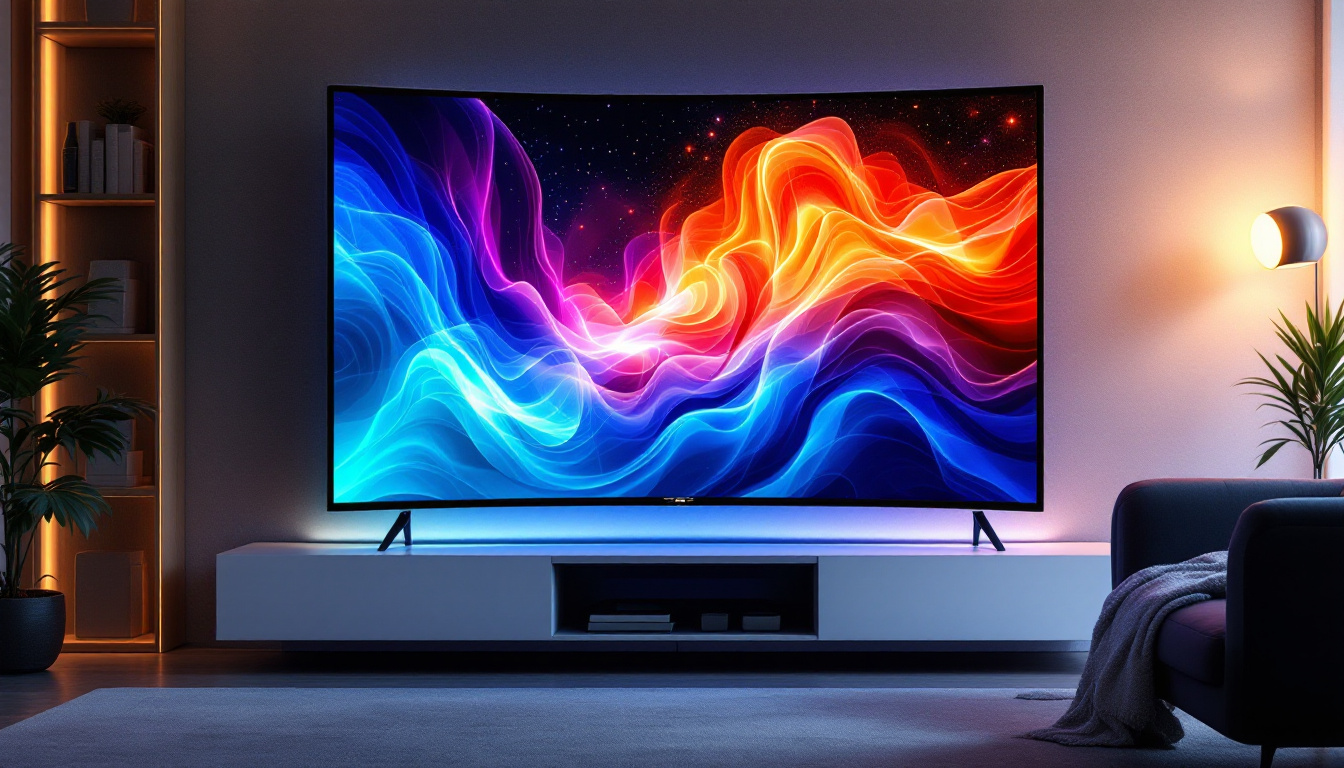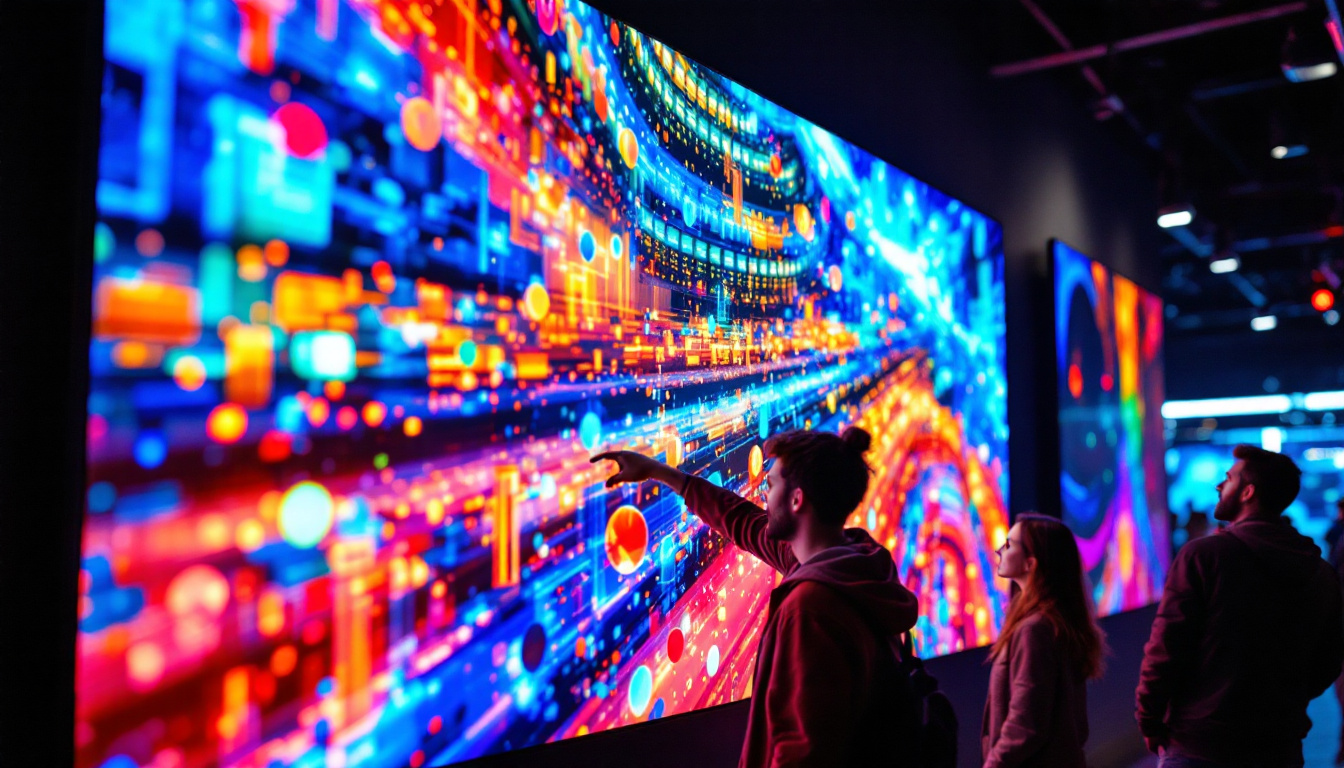In an era where visual technology continues to evolve at a rapid pace, understanding the intricacies of display technologies is essential for consumers and professionals alike. Among these technologies, 4K LED displays stand out for their remarkable clarity and vibrant colors. This article delves into the world of 4K LED displays, exploring their pixel structure, advantages, and applications.
Understanding 4K Resolution
Before diving into the specifics of LED displays, it is crucial to grasp what 4K resolution entails. The term “4K” refers to a display resolution of approximately 3840 x 2160 pixels, which is four times the pixel count of Full HD (1920 x 1080). This increase in pixel density results in sharper images and more detailed visuals, making it a popular choice for both home entertainment and professional applications. The clarity and vibrancy of 4K content can transform the viewing experience, allowing audiences to appreciate the intricate details that were previously lost in lower resolutions.
The Significance of Pixel Density
Pixel density plays a pivotal role in the quality of the displayed image. Higher pixel density means that more pixels are packed into the same screen size, resulting in finer details and smoother edges. This is particularly noticeable in larger screens, where lower resolutions can lead to pixelation and a less immersive viewing experience. The ability to view images up close without losing quality is a significant advantage of 4K technology, making it ideal for applications such as graphic design, medical imaging, and professional photography.
In a 4K display, each pixel is smaller and more numerous, allowing for a more seamless representation of images. This is especially beneficial for high-definition content, such as movies and video games, where clarity is paramount. Furthermore, advancements in display technology, such as HDR (High Dynamic Range), enhance the color depth and contrast of 4K images, providing a more lifelike viewing experience that captures the nuances of light and shadow.
Comparing 4K to Other Resolutions
To fully appreciate the benefits of 4K, it is essential to compare it with other common resolutions. Standard HD (720p) and Full HD (1080p) displays have become ubiquitous, but they fall short when it comes to delivering the same level of detail as 4K. The pixelation that can occur on larger screens with lower resolutions can detract from the overall enjoyment of visual media, making 4K a compelling upgrade for serious viewers.
While HD displays may suffice for casual viewing, 4K is increasingly becoming the standard for high-end televisions and monitors. The difference is particularly striking when watching content that is specifically produced in 4K, such as streaming services and Blu-ray discs. Many streaming platforms now offer a growing library of 4K content, showcasing the capabilities of this resolution. Additionally, as more cameras and devices are capable of capturing in 4K, the availability of high-quality content continues to expand, further solidifying 4K’s place in modern media consumption. The evolution of gaming consoles and PCs also reflects this shift, with many now supporting 4K output, providing gamers with breathtaking visuals that enhance the overall experience.
LED Technology Explained
LED, or Light Emitting Diode, technology has revolutionized the way displays are manufactured and viewed. Unlike traditional LCD displays, which rely on backlighting, LED displays utilize individual diodes to emit light, resulting in improved brightness and contrast.
Types of LED Displays
There are several types of LED displays, each with its own characteristics and applications. The most common types include:
- Edge-Lit LED: In this configuration, LEDs are placed along the edges of the screen, allowing for a thinner design. While this type can achieve good brightness levels, it may suffer from uneven lighting.
- Direct-Lit LED: This setup features LEDs placed directly behind the screen, providing more uniform brightness and better contrast. However, it can result in a bulkier design.
- Full-Array Local Dimming (FALD): This advanced technology uses multiple zones of LEDs that can be dimmed independently, enhancing contrast and black levels. FALD displays are often found in high-end models.
Benefits of LED Displays
LED displays offer numerous advantages over traditional display technologies. Some of the key benefits include:
- Energy Efficiency: LED technology consumes significantly less power compared to older technologies, making it more environmentally friendly.
- Longevity: LED displays have a longer lifespan than traditional LCDs, reducing the need for frequent replacements.
- Improved Color Accuracy: LED displays can produce a wider color gamut, resulting in more vibrant and accurate colors.
The Pixel Structure of 4K LED Displays
The pixel structure of a 4K LED display is fundamental to its performance. Each pixel is composed of three sub-pixels: red, green, and blue (RGB). By varying the intensity of each sub-pixel, a wide range of colors can be produced, allowing for rich and dynamic images.
Sub-Pixel Arrangement
The arrangement of these sub-pixels can vary depending on the display technology. The most common arrangement is the RGB stripe, where the sub-pixels are aligned in horizontal rows. However, some displays utilize alternative configurations, such as PenTile, which can affect color accuracy and sharpness.
Understanding the sub-pixel arrangement is essential for evaluating display quality, as it can influence how well the display reproduces colors and handles fine details.
Pixel Response Time
Another critical aspect of pixel performance is response time, which refers to how quickly a pixel can change from one color to another. A lower response time results in smoother motion and reduces motion blur, which is particularly important for fast-paced content like sports and action films.
4K LED displays typically feature improved response times compared to their predecessors, making them suitable for gaming and other applications where rapid movement is common.
Applications of 4K LED Displays
The versatility of 4K LED displays makes them suitable for a wide range of applications, from home entertainment to professional environments. Understanding these applications can help consumers make informed decisions when purchasing a display.
Home Entertainment
In the realm of home entertainment, 4K LED displays have become the gold standard for televisions. With the rise of streaming services offering 4K content, viewers can enjoy movies, series, and documentaries in stunning detail. Additionally, gaming consoles are increasingly supporting 4K output, providing an immersive gaming experience.
Moreover, the large screen sizes available in 4K LED displays enhance the viewing experience, making it feel more like a cinematic experience in the comfort of one’s home.
Professional Use Cases
Beyond entertainment, 4K LED displays are widely used in professional settings. graphic designers, photographers, and videographers benefit from the high resolution and accurate color reproduction, allowing for precise editing and content creation.
In corporate environments, 4K displays are utilized for presentations and video conferencing, ensuring that visuals are clear and engaging. The enhanced detail can make a significant difference in conveying information effectively.
Public Displays and Signage
4K LED technology is also making waves in the realm of public displays and signage. Retailers, airports, and event venues are increasingly adopting 4K displays to capture attention and deliver information in a visually striking manner. The high resolution ensures that messages are clear, even from a distance.
Future Trends in 4K LED Technology
The future of 4K LED technology is bright, with several trends emerging that promise to enhance the viewing experience even further. As technology continues to advance, consumers can expect to see significant innovations in display capabilities.
Enhanced Color Gamut and HDR
One of the most exciting trends in 4K LED technology is the development of enhanced color gamuts and High Dynamic Range (HDR) capabilities. HDR allows for a greater range of brightness and color, resulting in more lifelike images. This technology is becoming increasingly common in 4K displays, providing viewers with an unparalleled visual experience.
As manufacturers continue to push the boundaries of color accuracy, consumers can look forward to displays that can reproduce colors closer to what the human eye can perceive.
Integration of AI and Smart Features
Another trend shaping the future of 4K LED displays is the integration of artificial intelligence (AI) and smart features. Many modern displays come equipped with smart technology that allows for voice control, content recommendations, and seamless connectivity with other devices.
This integration not only enhances user convenience but also allows for personalized viewing experiences, making it easier for consumers to access their favorite content.
Advancements in Display Technology
As technology continues to evolve, new display technologies such as MicroLED and Mini-LED are gaining traction. These technologies promise to offer even better performance in terms of brightness, contrast, and energy efficiency. MicroLED, in particular, is touted for its ability to deliver exceptional image quality without the drawbacks of traditional LED displays.
As these advancements become more mainstream, consumers can expect to see even more options in the 4K display market, catering to a variety of preferences and needs.
Conclusion
4K LED displays represent a significant leap forward in display technology, offering unparalleled clarity, vibrant colors, and a wide range of applications. Understanding the intricacies of pixel structure, LED technology, and the various use cases can empower consumers to make informed decisions when selecting a display.
As technology continues to evolve, the future of 4K LED displays looks promising, with advancements in color accuracy, AI integration, and new display technologies on the horizon. Whether for home entertainment, professional use, or public displays, 4K LED technology is set to redefine the way we experience visual content.
Discover the Future of Visual Experience with LumenMatrix
Ready to elevate your visual experience with the latest in 4K LED display technology? Look no further than LumenMatrix, a pioneer in crafting LED display modules that bring your content to life. Whether you’re looking to enhance your brand’s visibility or create immersive environments, our range of solutions, including Indoor and Outdoor LED Wall Displays, Vehicle LED Displays, and more, are designed to captivate and engage your audience. Embrace the future of digital signage and let LumenMatrix help you communicate your message with unparalleled impact. Check out LumenMatrix LED Display Solutions today and transform the way you see the world.



